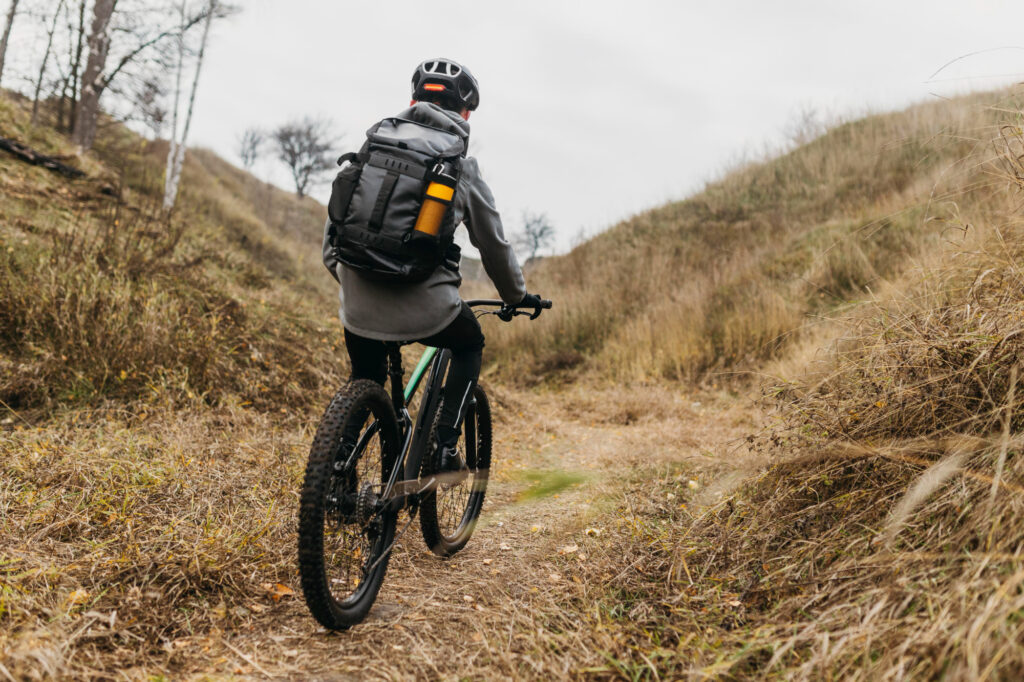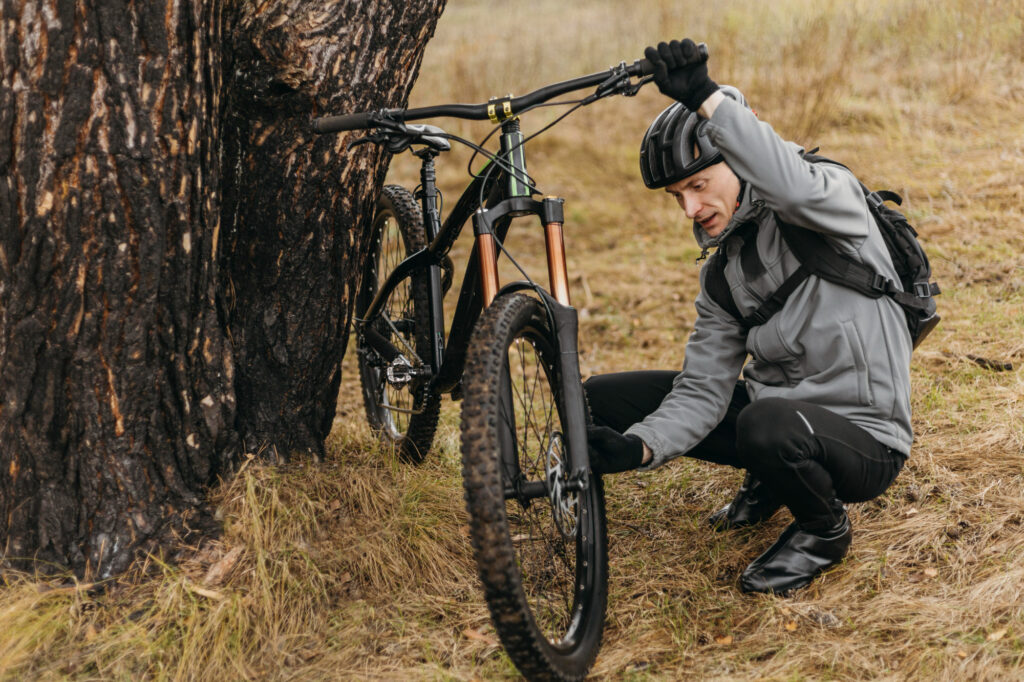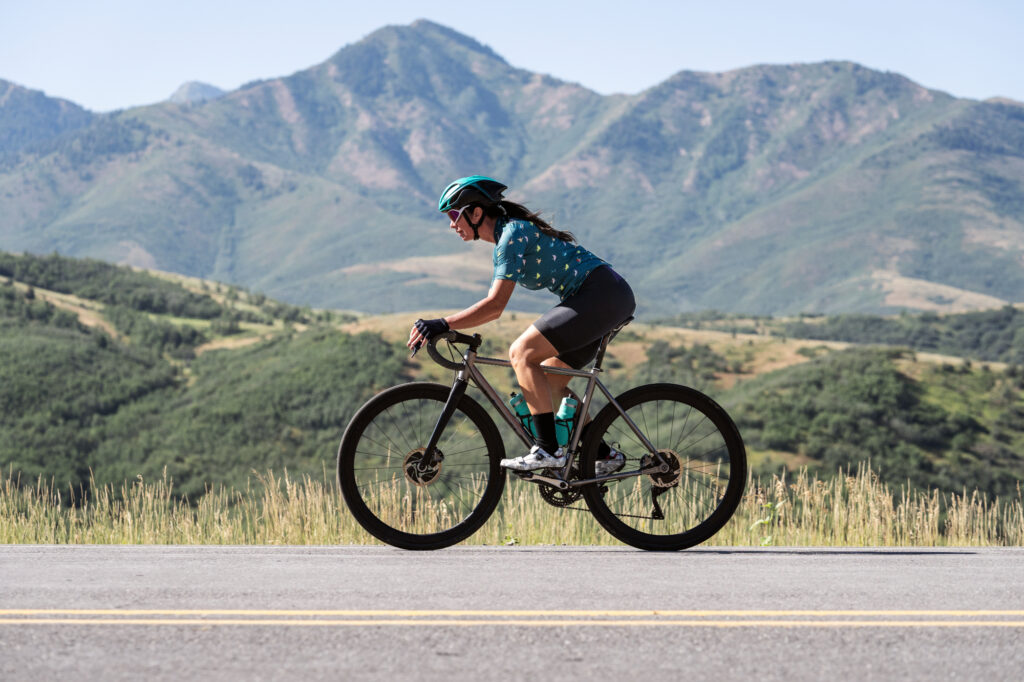Finding the perfect bike can be an exciting journey. With a wide range of choices available, deciding between a road bike vs mountain bike can be challenging. Road bikes are designed for speed and smooth surfaces, making them ideal for long rides on paved roads. They are lightweight and have thin tires. This makes them great for racing or commuting. On the other hand, mountain bikes are built for rough terrain. They have a sturdy frame and thicker tires. This design allows riders to tackle rocky trails and steep hills. Understanding these differences is crucial. It enables you to choose the bike that best suits your riding style and the terrain where you plan to ride. Whether you prefer a leisurely ride on flat paths or an adventure on rugged hills, knowing what each bike offers will help you make an informed decision.
The Magnetic Appeal of Cycling
Cycling opens up a broad range of experiences for riders. The type of bike you choose greatly influences your adventures on two wheels. Road bikes are built for speed. They thrive on smooth, paved surfaces and are perfect for long-distance rides. These bikes have lightweight frames and thin tires, which help you cover large distances swiftly and efficiently. On the other hand, mountain bikes are made for rugged terrains. They perform excellently on trails, dirt paths, and uneven ground. With their robust frames and thicker tires, mountain bikes provide stability and control. They are designed to handle obstacles like rocks, roots, and steep inclines. This makes them ideal for those seeking outdoor adventure and the excitement of off-road cycling.
Understanding these key differences between road bikes vs mountain bikes is essential. Your choice will depend on where you plan to ride. If you’re drawn to paved roads and long distances, a road bike is the right fit. If you prefer exploring nature and tackling challenging landscapes, a mountain bike will serve you better. Recognizing your cycling preferences will help you make an informed decision that enhances your enjoyment and experience on the bike.

Key Differences
| Feature | Road Bikes | Mountain Bikes |
|---|---|---|
| Terrain | Paved roads | Rough trails and paths |
| Design | Lightweight, aerodynamic | Sturdy, rugged |
| Tires | Thin, smooth | Wider, knobby |
| Handlebars | Drop handlebars | Flat handlebars |
Choosing the Right Bike
When choosing a bike, think about where you’ll ride. Consider your fitness goals, budget, and maintenance needs. What kind of cycling experience do you desire?
Road Bike Geometry
Road bikes feature a design that promotes aerodynamics. The geometry includes a longer frame and a lower handlebar position. This setup allows riders to achieve higher speeds with less effort. They’re perfect for covering long distances quickly.

Mountain Bike Geometry
On the other hand, mountain bike geometry focuses on stability. These bikes often have a shorter frame with higher handlebars. This design helps in navigating uneven terrain. With better control, you can tackle steep climbs and sharp descents.

Frame Material Comparison
- Aluminum: Lightweight and cost-effective, common in mid-range bikes.
- Carbon Fiber: High-end option, provides a smooth ride while being super light.
- Steel: Durable and offers a comfortable ride, making it suitable for various terrains.
Components
Drivetrain Systems
Road bikes typically have more gears, enabling smoother shifting. You’ll find systems that allow for easy changes, making them great for speed. Mountain bikes have fewer gears but are designed for high torque, making tough climbs easier.
Braking Systems
- Disc Brakes: More powerful; work well in wet conditions. Found on most mountain bikes.
- Rim Brakes: Lightweight and common on road bikes. They offer reliable stopping power on smooth surfaces.
Wheel and Tire Configurations
Tires play a crucial role in the performance of different types of bicycles. Road bike tires are designed to be narrow and smooth. This design choice helps reduce rolling resistance, allowing riders to maintain speed with less effort. The smooth surface is ideal for flat and paved roads, where speed and efficiency are key.
On the other hand, mountain bike tires are much wider and feature deep treads. This construction is specifically meant for rough and unstable surfaces, such as dirt trails or rocky paths. The wider tires provide better grip and stability, allowing riders to navigate challenging terrains with confidence. The deep treads enhance traction, preventing slips and slides during climbs or descents. Choosing the right tire for your bike can have a significant impact on your overall performance. The type of tire affects speed, control, and comfort. Riders should consider the terrain they will encounter and select tires that match those conditions. Whether opting for narrow road tires or wider mountain bike tires, making an informed choice can greatly enhance the riding experience.

Riding Styles and Terrain

Road Cycling
For those who enjoy long distances on smooth roads, road biking is ideal. It’s about speed and efficiency, making it perfect for flat terrains and organized events. You can easily ride for hours without much fatigue.
Mountain Biking
If you’re drawn to nature and rugged landscapes, mountain biking is the way to go. It takes you through trails, forests, and hills. The adventures can be challenging but rewarding, adding excitement to your outdoor experience.
Hybrid Bikes
Hybrid bikes combine features of both road and mountain bikes. They’re versatile, making them suitable for various terrains. Consider this option if you plan to ride on both paved and unpaved paths.
Fitness and Health Benefits

Cardiovascular Health
Both styles provide excellent cardiovascular workouts. Road biking focuses more on endurance. Mountain biking involves more action, engaging different muscle groups and improving agility.
Muscle Engagement
Road biking mainly targets leg muscles like quadriceps, calves, and hamstrings. Mountain biking engages core muscles, arms, and legs due to the varying terrain and demands for stability.
Injury Prevention
Injuries can occur in both types of biking. Road biking tends to lead to overuse injuries from repetitive motions. Mountain biking can result in acute injuries from falls or rough landings. Proper gear and training can help minimize these risks.
Making the Right Choice: Factors to Consider

Your Riding Style and Goals
What do you want from your cycling experience? Are you interested in going fast or seeking new adventures? Understanding your preferences is essential. If speed excites you, you might focus on racing or time trials. Fast rides can push your limits and give you an adrenaline rush. On the other hand, if adventure is your goal, you could explore trails, mountains, or scenic routes. This approach often leads to discovering new places and enjoying nature. Your personal goals will strongly shape your choice of bike, gear, and routes. Choose wisely based on what you truly want. Each path offers different rewards and experiences. Knowing what you desire will make your cycling journey more fulfilling.
Budget and Investment
Road bikes are available in a wide price range, catering to different budgets. Some models are quite affordable, making them suitable for beginners or casual riders. On the other hand, high-end road bikes offer advanced features and superior materials, attracting serious cyclists. Their prices reflect the quality and technology used in their design. Mountain bikes also come in various price ranges. Entry-level options exist for those who want to explore trails without breaking the bank. Mid-range and premium mountain bikes provide improved suspension, better tires, and more durable frames for challenging terrains.
When considering the purchase of either type of bike, it is essential to set a clear budget that matches both the quality and the features required for your riding style. Assess what you need in terms of performance, comfort, and durability. This approach helps you choose a bike that offers the best value while meeting your expectations.
Maintenance and Upkeep
Mountain bikes typically need more care and attention compared to road bikes. This is largely due to the tougher riding conditions that mountain bikes face. Riders often encounter rough terrain, dirt, mud, and obstacles that can damage parts and lead to wear and tear. These factors can contribute to a higher frequency of maintenance tasks such as cleaning, lubricating, and adjusting components. On the other hand, road bikes are usually simpler to maintain. They often ride on smooth surfaces, which means less exposure to dirt and debris. Cleaning a road bike typically involves a quick wash with mild soap and water. Regular checks and maintenance tasks are generally less time-consuming.
When choosing between the two, think about how much time and effort you want to put into maintenance. If you prefer a bike that requires less upkeep, a road bike may be the better choice. However, if you enjoy adventurous riding and don’t mind the extra work, a mountain bike could be more appealing. Consider your riding style and how much you are willing to invest in keeping your bike in good shape.
Conclusion
Choosing between a road bike and a mountain bike doesn’t have to be overwhelming.
Key Takeaways
- Road bikes are perfect for speed on paved surfaces.
- Mountain bikes thrive on rugged trails.
- Think about your riding style, budget, and maintenance before deciding.
Actionable Steps
- Test ride both types.
- Evaluate your skills and preferences.
- Research local cycling clubs or communities for advice.
Resources: Further Research and Expert Advice
Join online forums where cycling enthusiasts share their experiences and tips. These platforms allow you to ask questions and learn from others who face similar challenges. Visit local bike shops to talk to experts who can offer personalized advice. Many staff members are passionate cyclists and can guide you in finding the right gear and accessories that suit your style and needs. Attend local cycling events, such as races or community rides, to meet fellow cyclists. These events provide an opportunity to connect with others who share your interests and goals. The cycling community is filled with people eager to share knowledge and experiences that can enhance your journey. Engaging with these groups will help you gain valuable insights that are tailored specifically to you. Whether online or in person, these interactions can greatly benefit your cycling experience.




